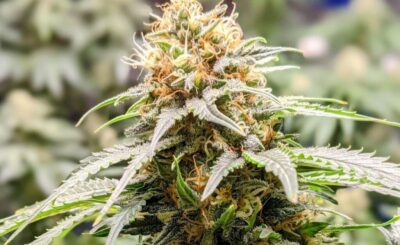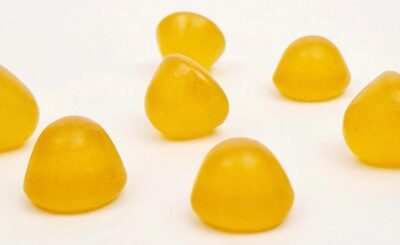Animal attack can cause skin injuries such as scrapes, scratches, or lacerations, which depends on their size and depth. Avoid getting infected by following these tips.
Lacerations are different types of lesions in the skin and vary in severity depending on their size and depth. Falls and blows that injure the skin are very common, and especially in children, it is common to see wounds in the healing process on the knees and elbows. As a general rule, these wounds are not severe, but even if they heal by themselves, it is convenient to know what to do and what not to promote natural healing after laceration repair bakersfield ca.
The skin is made up of three layers: the epidermis, which is the most superficial layer; the dermis, which follows the epidermis in-depth. Blood capillaries abound, and the hypodermis, the deepest layer of skin, responsible for storing fat and maintaining body temperature. The deeper the skin injury reaches, the greater its severity.
However, it also depends on the part of the body where it occurs since the thickness of each layer varies. While the tissues in the palms of the hands and the soles of the feet must be more resistant because they are more exposed and prone to injury, the skin of the eyelids is much thinner and more delicate.
Scrapes, lacerations, and scratches are characterized by:
- Scrapes or scrapes: these are superficial wounds caused by friction and that usually only tear off the surface layers, although if they are intense, they can reach the deep layers.
- Cuts or lacerations: These are breaks in the skin usually caused by sharp or pointed objects. Depending on the type of object and the applied force, they can be pretty deep and even affect muscle and nervous tissue.
- A Scratch: these wounds are characterized by long and narrow and, unlike the cuts, are not very deep. However, you also have to be careful because they are susceptible to infections, mainly if an animal has caused them.
Signs and symptoms of scrapes, scratches, and lacerations
Although we all know how to recognize the signs of this type of injury, it is worth remembering the signs and symptoms produced by scrapes, scratches, and lacerations, especially if we do not know how deep the wound is and we want to identify its severity:
- Pain and itching: no matter how small the injury, you will always feel pain since the skin is full of nerve endings that send pain signals when damaged. Pain works as a protection mechanism to avoid touching or using that area and thus allow it to heal.
- Bleeding: blood vessels abound in the dermis, so a lesion that reaches that layer will bleed, sometimes in a very scandalous way.
- Swelling: after a few minutes of the wound has occurred, can see how blood accumulates and liquid around. This is because the body has detected the lesion, and the liquid contains the components necessary to begin healing and regenerating new skin.
- Skin detachment: especially in scrapes, there are times when rubbing causes part of the skin to separate.
- Tingling sensation in the affected limb: this only occurs when the cut is intense and has come to affect the nerve.
- Difficulty in movement: either pain, swelling, or because muscles or tendons have been affected.
What to do in case of scrape, scratch, or laceration
The superficial wounds such as scrapes, scratches or lacerations, heal spontaneously. The body is always ready for it, and our immune system fights infections daily, but with these simple first-aid measures, you can speed up the healing process and prevent the injury from becoming infected:
- Before handling any wound, you must wash your hands, the first step in preventing infections.
- The best choice for cleaning a wound is to use for water í to and jab or n neutral. Being careful not to apply the soap directly to the lesion should be washed with plenty of water and without fear. Especially in the scrapes, where dirt, sand, or foreign elements may have entered, it is necessary to rub insistently even if it is painful.
- If the bleeding lesion with a sterile gauze or clean cloth applies pressure, he or n for about 5 minutes.
- If the scrape covers a large area, it is better to use gauze and bandages to avoid further contact with the outside and become infected. It is essential to keep that bandage dry; if it gets wet, it will have to be changed.
- If it is a deep cut and the two edges are not held together, you may need stitches. Once the wound is cleaned, gauze will be placed on it, and you can calmly go to the medical center.
- There are antibacterial ointments that keep the wound clean and provide the moisture necessary for the skin to heal. They can be used together with gauze or dressings to cover the damage. Usually, it is kept for 24 hours, and then it is cleaned again and changed.








